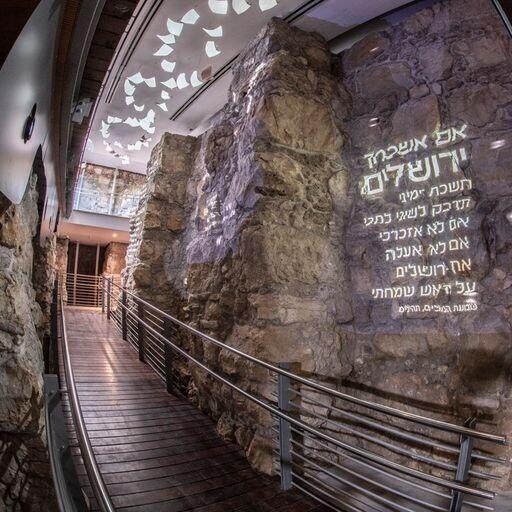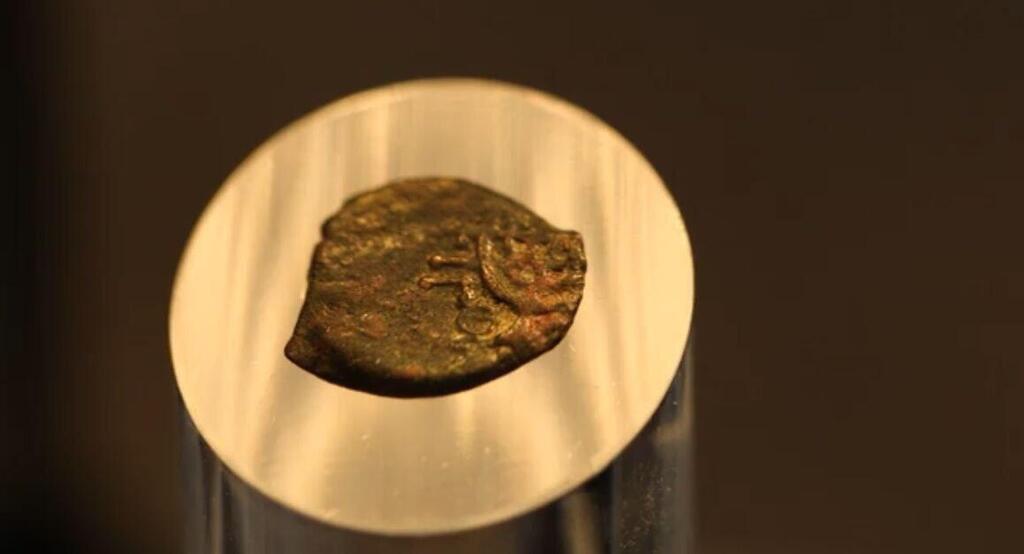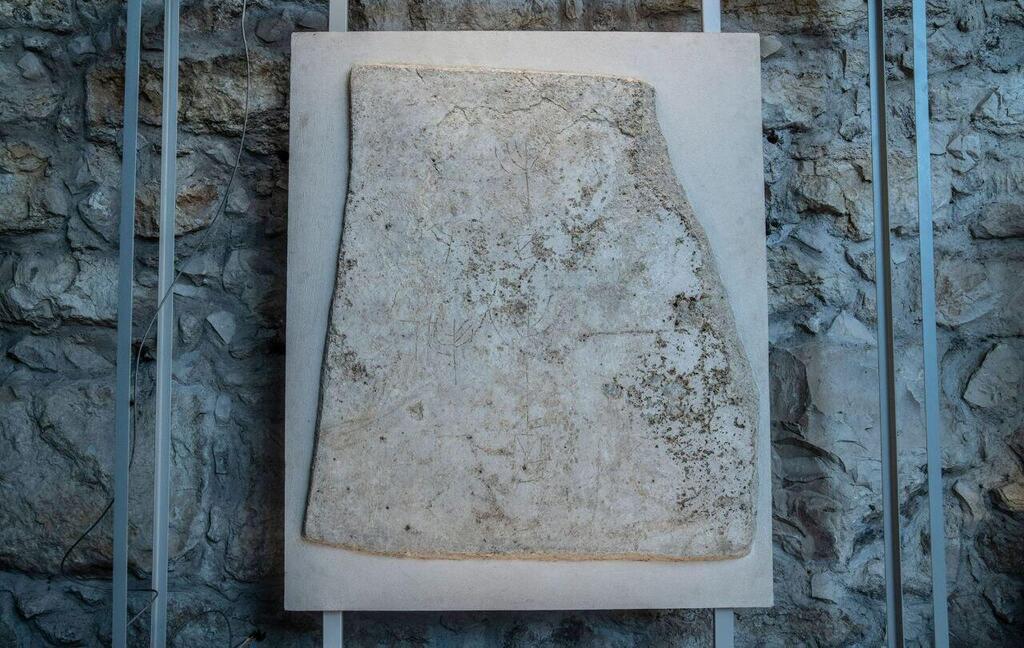The Davidson Center in Jerusalem Archaeological Park will reopen to the public on March 13 after being closed for three years for renovations.
Located in the Old City of Jerusalem at the foot of the Temple Mount, visitors to the newly renovated Davidson Center will explore the theme of the Temple City of Jerusalem through a unique combination of ancient archaeological finds, innovative technology, artistic depictions, and interactive galleries.
The Davidson Center renovation project, which included a building expansion and full content refresh, was led by the Israel Antiquities Authority with funding provided by the William Davidson Foundation.
The Davidson Center will feature several ancient artifacts, dating back to the First Temple Period 2,700 years ago, with some of the oldest known inscriptions bearing Jerusalem’s ancient Hebrew name, “yršlm”. Visitors will experience an entire gallery dedicated to the story of the origin of the Temple Menorah.
Among the artifacts on display is an extremely rare coin minted by the last Hasmonean king, Antigonus II Mattathias, which depicts the Temple Menorah and is the oldest known artistic representation created 107 years before the Second Temple’s destruction.
“This is the oldest known artistic depiction of the menorah, created 107 years before the destruction of the Second Temple,” says Dr. Yuval Baruch, head of archaeology and administration at the Israel Antiquities Authority, who was one of the excavators of the site and led the archaeological curation of the Davidson Center. The other archaeological find on public display for the first time since it was excavated in the 1950s is a fragment of plasterwork from a Second Temple-era burial cave, known as Jason’s Tomb, bearing five carvings of menorahs.
The Southern Wall, adjacent to the Jerusalem Archaeological Park and the Davidson Center, is also strongly featured. In Temple times, this wall contained the main entry point for pilgrims ascending the Temple courtyards (via the Hulda Gates) to fulfill the commandment of bringing offerings on festivals and other occasions.
“We are excited to announce the reopening of the Davidson Center, which will offer visitors a unique experience exploring Jerusalem’s rich and varied history through its archaeological treasures,” said Darin McKeever, president and CEO of the William Davidson Foundation.
“We believe that the museum will be an important cultural destination for both foreign and Israeli visitors, and we look forward to sharing the stories and discoveries from Jerusalem’s past with this large and diverse audience. The William Davidson Foundation is proud to continue building on its late founder’s transformational investments in Jerusalem Archaeological Park.”
The Jerusalem Archaeological Park is one of the most important archaeological sites in Israel. Due to its archaeological, historical, and cultural importance, hundreds of thousands of people visit the park each year. The Society for the Development of the Jewish Quarter leads the visitor experiences in the Old City, including the area of the Southern Wall, Davidson Center, and Jerusalem Archaeological Park.
Herzl Ben Ari, CEO of the Company for the Reconstruction and Development of the Jewish Quarter added, “Today, after years of work, we are proud to reopen the Davidson Center in the Jerusalem Archaeological Park. Thanks to all the partners in this endeavor, the Center tells the moving story of Jerusalem, the Temple Mount, and the remembrance of the Temple, using first-rate and innovative techniques and technologies. It is a testament to the vision of Mr. Davidson, and an exciting new chapter for a site where Jews have come to and longed for, for generations.”
Jerusalem Archaeological Park was established in 1995 through the support of Detroit businessman and philanthropist, William “Bill” Davidson (1922-2009), who had an appreciation for archaeology and believed deeply in preserving the history of the Jewish people. Building on his transformational contribution to the park, Mr. Davidson established the Davidson Center, which first opened in 2001, and quickly became one of Jerusalem’s most innovative and technologically advanced tourist attractions.
The William Davidson Foundation is a private family foundation that honors its founder and continues his lifelong commitment to philanthropy, advancing for future generations the economic, cultural, and civic vitality of Southeast Michigan, the State of Israel, and the Jewish community. For more information, please visit williamdavidson.org.
The Israel Antiquities Authority is the organization responsible for conducting archaeological excavations and overseeing antiquities sites within the State of Israel. Additionally, the Authority is in charge of granting permits for archaeological digs, monitoring historic sites, and establishing policies and criteria for the management of archaeological discoveries.
The Company for the Reconstruction and Development of the Jewish Quarter
Established in 1968, the Company for the Reconstruction and Development of the Jewish Quarter is a government-owned entity tasked with restoring and developing the Jewish Quarter within the Old City of Jerusalem into a national, religious, historical, and cultural destination




